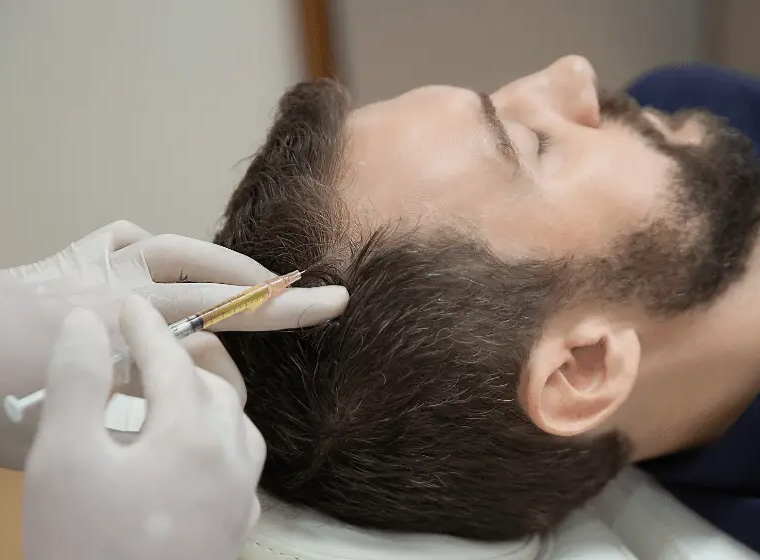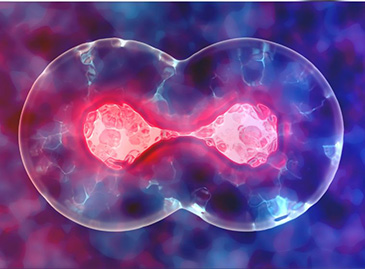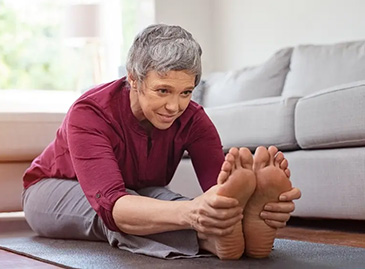
Stem Cell and Exosomes for Hair Loss
Hair loss affects millions worldwide. Treatments include medication, hair transplants, and topical treatments. However, these may only work for some.
What Are Stem Cells and Exosomes in Hair Loss Therapy?
Stem cell therapy is an alternative with positive results. It stimulates hair growth without surgery or drugs. The cells are safe, as they're from the patient's body. Plus, it's cheaper than transplants.
Exosomes are small vesicles containing signaling molecules that can boost cell communication and growth, showing promise for hair regeneration.
Key Differences in How They Work
The primary distinction between stem cells and exosomes lies in their mechanism of action:
Stem Cells
can develop into new hair follicle cells, offering a direct method of tissue regeneration. This therapy boosts hair growth, enhances hair quality, and is noninvasive, eliminating the need for surgery or drugs.
Exosomes,
however, do not replace cells. Instead, they supply critical signaling molecules that strengthen the body's natural mechanisms for cell regeneration and repair.
Why Stem Cells and Exosomes Are Beneficial in Hair Loss Treatment
Both therapies offer unique benefits:
Stem Cells
activate hair follicles and improve scalp blood flow, driving hair growth. This non-invasive treatment minimizes the risk of rejection or allergic reactions and is a more cost-effective option compared to hair transplants.
Exosomes
provide a safer, more immuno-compatible alternative to traditional remedies, significantly reducing the risk of side effects, including tumor growth. They aid in regenerating hair follicles by improving cell-to-cell communication via paracrine signaling, further increasing their effectiveness in stimulating hair growth.
The Latest Technology in Hair Loss Treatments
Researchers are continually enhancing these therapies. For instance, combining Stem Cell Therapy with microneedling or platelet-rich plasma (PRP) has shown promising results in improving hair density and thickness. Gene editing and AI are also being explored to boost the effectiveness of stem cell treatments. Ongoing research promises even better outcomes, making these therapies increasingly attractive options for those suffering from hair loss.
Types of Stem Cells Used and Donor Sources for Exosomes
Stem Cells used for hair regeneration primarily come from two sources:
Mesenchymal Stem Cells (MSCs)
can become various cell types.
Adipose-Derived Stem Cells (ADSCs),
which are harvested from body fat.
Exosomes used in hair growth treatments can be derived from various sources, including:
- Dermal Papilla Cells
- Mesenchymal Stem Cells (MSC)
- Adipose-Derived Stromal Cells (ADSC)
- Umbilical Cord-Derived Cells
How Does Stem Cell Therapy Work?
Stem cell therapy is commonly used for bone and cartilage diseases but has shown great promise in hair restoration. The process involves collecting 60-70 cc of bone marrow or fat cells, which are then processed to activate the stem cells. These activated cells are injected into the scalp to repair hair follicles. Improvements can be noticed within a week, with full results visible in a month.
Considering These Treatments?
Both Stem Cell and exosome therapies are gaining ground as effective hair loss treatments. With ongoing research and technological advancements, these therapies are likely to become even more effective.
Stem Cell for Hair Loss Price Turkey



